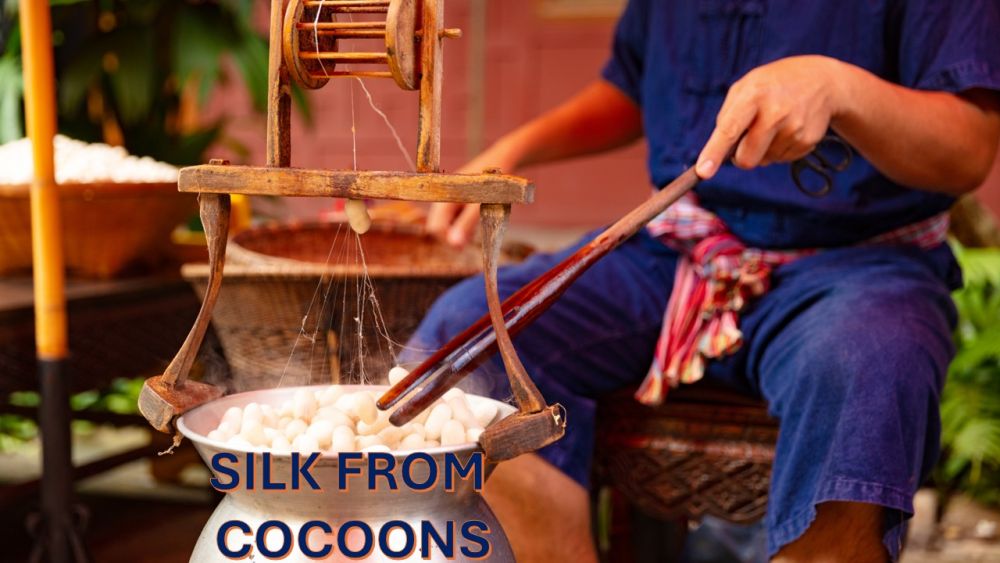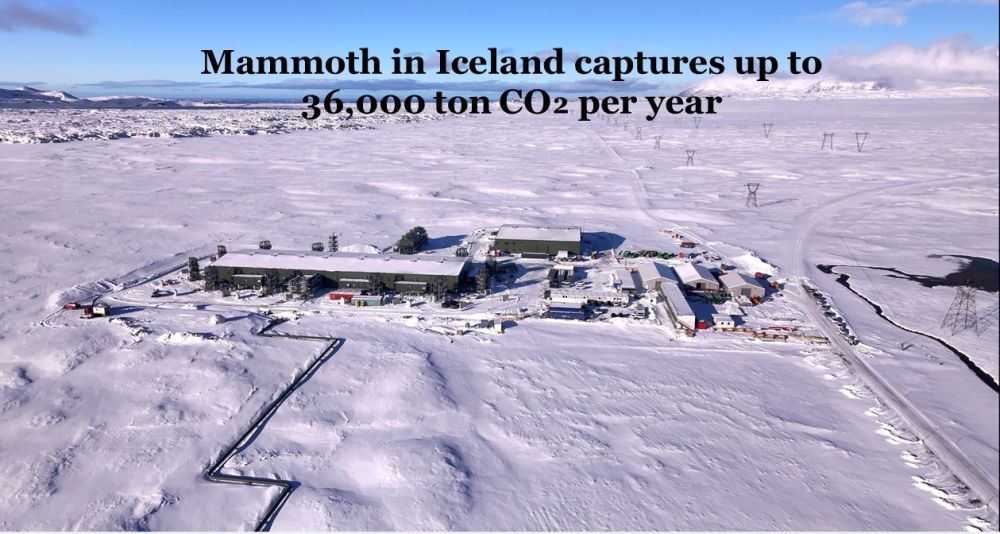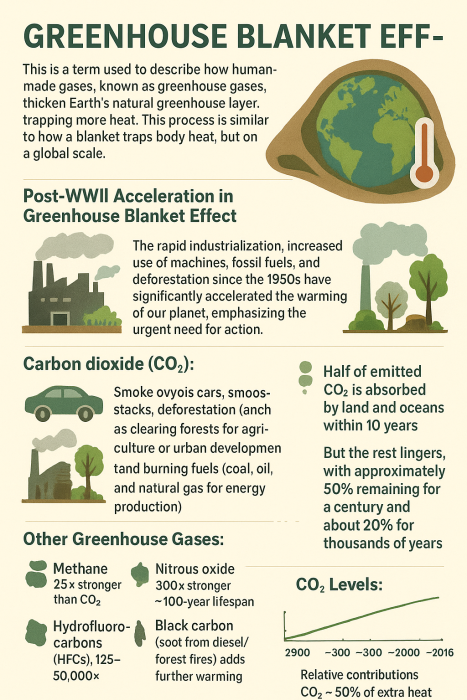27/25 🌿 Strategic Note: Opportunities in Pakistan and Mulberry-Rich Countries for Silk Industry Growth and Climate Innovation
Posted 5 months ago
1 Likes, 478 views

Silk is no longer just a luxury fabric; it is emerging as a powerful ally in the fight against global warming. With recent breakthroughs in using silk fibroin aerogels for carbon capture, there is a new wave of opportunities for countries where mulberry cultivation and sericulture are already present or can be expanded. Pakistan is uniquely positioned to lead this transformation with its favorable climate and growing awareness of green technologies.
🌱 Why This Matters
- Silk fibroin aerogels can efficiently capture carbon dioxide at low cost and low energy input.
- The use of silk fibroin aerogels aligns with Pakistan’s climate goals and green economy aspirations, providing reassurance about the environmental benefits of this industry.The expansion of the silk industry in Pakistan has the potential to create a significant number of jobs, particularly in rural areas, and support women’s entrepreneurship, fostering a sense of hope and opportunity.
Opportunities in Pakistan
- Pakistan, particularly Punjab and Khyber Pakhtunkhwa, boasts ideal agro-climatic zones for mulberry plantation and silkworm rearing, positioning it as a strategic leader in this industry.Revival of the Silk Board of Pakistan and public-private partnerships can strengthen the sericulture sector.
- Carbon markets and green finance programs (e.g., Islamic Development Bank, Green Climate Fund) can support pilot projects for CO₂-capturing silk aerogels.
- Universities like National Skills University Islamabad, University of Southern Punjab, and University of Agriculture Faisalabad can lead R&D in bio-based climate solutions besides providing skills.
- Export of silk-based CO₂ sorbents to industrial nations opens a green-tech export avenue.
🌍 Countries with Similar Potential
- African Nations (e.g., Kenya, Ethiopia) – New mulberry plantations under agroforestry and reforestation schemes.
- Bangladesh – The existing silk industry around Rajshahi has export and green textile expansion potential.
- China is a leading global producer with the potential to scale bio-carbon capture in major industrial zones.
- India – The World’s second-largest silk producer with R&D infrastructure (e.g., Central Silk Board).
- Uzbekistan and Iran – Traditional silk-growing regions are ideal for CO₂ capture initiatives under green economy programs.
- Vietnam, Thailand, and Laos – Thriving sericulture in ASEAN with suitable humidity and labor markets.
🔑 Strategic Recommendations
- Integrate silk-based CO₂ capture into national climate action plans and green industrial policies.
- Establish Silk-Carbon Innovation Hubs in university ecosystems to bridge research, entrepreneurship, and industry.
- Promote agroecological mulberry farming to support both silk and carbon sink functions.
- Mobilize international development grants to support capacity building and pilot-scale manufacturing.
🌎 Vision
If scaled smartly, the silk industry can:
- Help reduce Pakistan’s carbon footprint,
- Create climate-resilient jobs,
- Drive bio-based technology exports,
- And position Pakistan as a regional hub for nature-based solutions in the 21st century.
More from Greeing.live
More Categories
Ethiopia
World
IPCC
News
Greening TVET
Sea Ecosystem
Floods
Switzerland
Projects
Organizations





